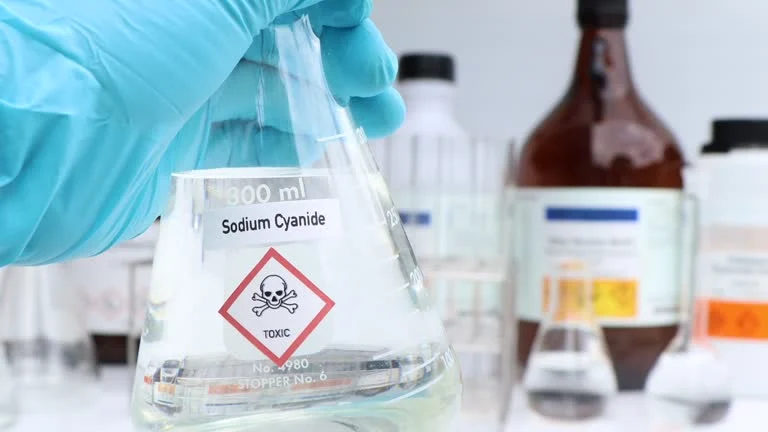
Sodium cyanide solution, with the chemical formula NaCN in an aqueous state, is a substance of significant industrial and chemical importance, despite its highly toxic nature. This article delves into the various roles and applications of Sodium cyanide solution.
1. Gold and Precious Metal Extraction in Mining
1.1 Process Explanation
One of the most well - known applications of sodium cyanide solution is in the mining industry, particularly for the extraction of gold and other precious metals. When Sodium Cyanide solution is mixed with gold - bearing ores, the gold in the ore reacts with the cyanide ions in the presence of oxygen from the air and water. This reaction forms a soluble gold - cyanide complex. Once the gold is in this soluble form, it can be separated from the remaining ore materials.
1.2 Methods of Extraction
There are two common methods used in this extraction process:
Tank Leaching: The gold ore is placed in large tanks and mixed with the sodium cyanide solution. After a certain period, when the gold has dissolved into the solution, the used cyanide solution along with the leftover ore is transferred to tailings storage facilities.
Heap Leaching: The crushed gold ore is piled into heaps, and the sodium cyanide solution is poured over the heap. As the solution percolates through the ore, it dissolves the gold. The solution containing the dissolved gold accumulates at the bottom of the heap and can then be collected for further processing to recover the gold.
2. Electroplating
2.1 Function in Electroplating Baths
Sodium cyanide solution is used in electroplating baths for metals such as copper, silver, cadmium, and zinc. In electroplating, the aim is to deposit a thin layer of a desired metal onto a substrate. Cyanide ions in the sodium cyanide solution play several important roles. They reduce anode polarization, ensuring that the anode, the source of the metal to be plated, dissolves evenly, which is crucial for a consistent supply of metal ions into the plating solution. Additionally, the presence of cyanide ions helps in stabilizing the electroplating solution, preventing the precipitation of metal compounds that could disrupt the plating process. They also enhance cathode polarization, resulting in a more uniform deposition of the metal onto the cathode, the substrate being plated, leading to a smoother and more adherent metal coating.
3. Chemical Synthesis
3.1 Production of Inorganic Cyanides
Sodium cyanide solution is a key starting material for the production of various inorganic cyanides. For instance, one inorganic cyanide produced from it has applications in the food industry as an anticaking agent and in the production of blue pigments. Another, when obtained through a reaction with certain salts, is used in similar applications as sodium cyanide, such as in specific gold extraction processes and some organic syntheses.
3.2 Synthesis of Organic Compounds
In organic chemistry, sodium cyanide solution is used to introduce the cyano group into organic molecules, which is an important step in the synthesis of many organic compounds. When an alkyl halide reacts with sodium cyanide solution, a compound is formed. This compound can then be further transformed into other functional groups such as carboxylic acids and amines through subsequent chemical reactions, making sodium cyanide solution a valuable reagent in the synthesis of pharmaceuticals, agrochemicals, and various organic materials.
4. Metal Cleaning and Surface Treatment
4.1 Dissolving Metal Oxides and Impurities
Sodium cyanide solution can be used to clean metals. Some metal oxides and impurities on the surface of metals can react with the cyanide ions. For example, copper oxide on the surface of copper can react with sodium cyanide solution under certain conditions. The cyanide ions form complexes with the metal ions from the oxides, effectively removing the oxide layer and leaving a clean metal surface. This is useful in preparing metal surfaces for further processing such as painting, soldering, or electroplating.
5. Pest Control (Limited and Highly Regulated)
5.1 Use as a Rodenticide
In the past, sodium cyanide solution has been used as a rodenticide. Its highly toxic nature makes it lethal to rodents. However, due to its extreme toxicity not only to the target pests but also to non - target organisms, including humans, its use as a rodenticide has been severely restricted in many countries. The risk of accidental exposure and the potential for environmental contamination are major concerns associated with its use in pest control.
Safety Considerations
It is of utmost importance to note that sodium cyanide solution is extremely toxic. Even a small amount can be fatal if ingested, inhaled, or absorbed through the skin. When in contact with acids or moist air, it can release highly toxic hydrogen cyanide gas. Therefore, strict safety protocols must be followed when handling sodium cyanide solution. Workers involved in its use should be properly trained, wear appropriate personal protective equipment, and work in well - ventilated areas. In case of accidental spills or exposures, immediate emergency response procedures need to be implemented to prevent serious harm to human health and the environment.
In conclusion, sodium cyanide solution, despite its dangerous nature, plays vital roles in several industries. Its applications range from precious metal extraction to chemical synthesis and metal treatment. However, the associated risks require that its use be carefully regulated and managed to ensure safety.
- Random Content
- Hot content
- Hot review content
- Toxicity Assessment of Sodium Cyanide and Relevant Hazard Prevention Measures
- 31%-36% HCl/Industrial Grade Hydrochloric Acid
- Flexible Customer and Supplier Relations Specialist (Location: Thailand)
- Industrial concentrated nitric acid 55%-68%
- Sodium Isopropyl Xanthate 90% SIPX
- Sodium Metal, ≥99.7%
- Calcium Peroxide 60% Assay Yellowish Tablet
- 1Discounted Sodium Cyanide (CAS: 143-33-9) for Mining - High Quality & Competitive Pricing
- 2Sodium Cyanide 98% CAS 143-33-9 gold dressing agent Essential for Mining and Chemical Industries
- 3Sodium Cyanide 98%+ CAS 143-33-9
- 4Anhydrous Oxalic acid 99.6% Industrial Grade
- 5Soda Ash Dense / Light 99.2% Sodium Carbonate Washing Soda
- 6Oxalic acid for mining 99.6%
- 7Calcium hydroxide Industrial Grade 90%
- 1Sodium Cyanide 98% CAS 143-33-9 gold dressing agent Essential for Mining and Chemical Industries
- 2High Quality 99% Purity of Cyanuric chloride ISO 9001:2005 REACH Verified Producer
- 3 High-Quality Sodium Cyanide for Leaching
- 4Powdery emulsion explosive
- 5Industry Grade Electron grade 98% Sulfuric Acid H2SO4 Sulphuric Acid Battery Acid Industrial Sulfuric Acid
- 6Colloidal emulsion explosive
- 7sodium hydrosulfide 70% flakes used Mining Industry



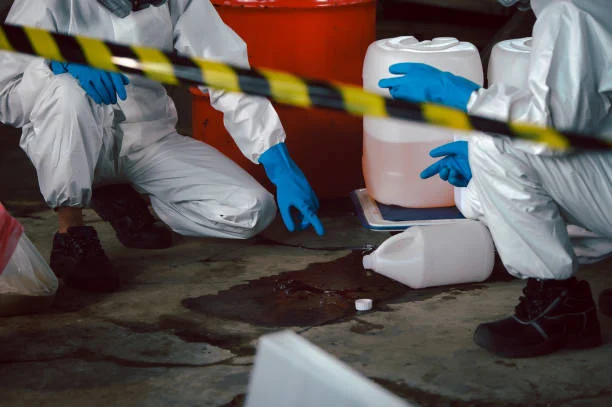
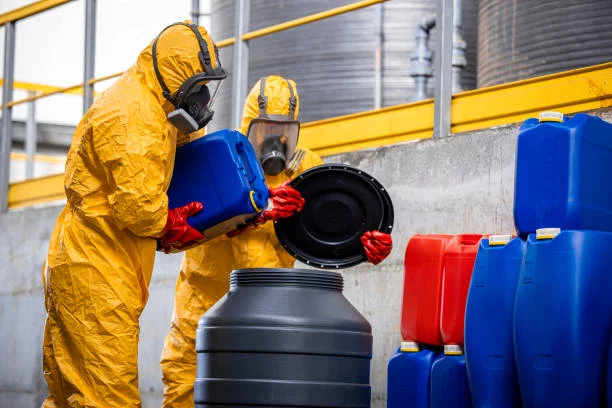
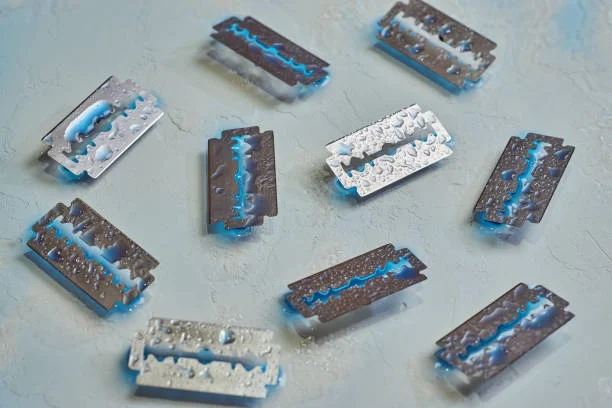
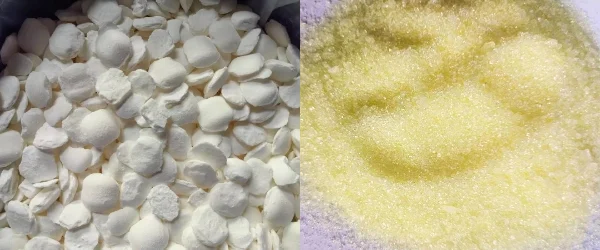
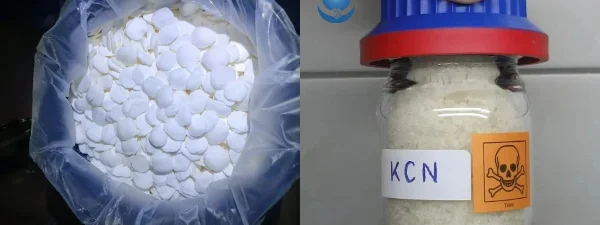



Online message consultation
Add comment: